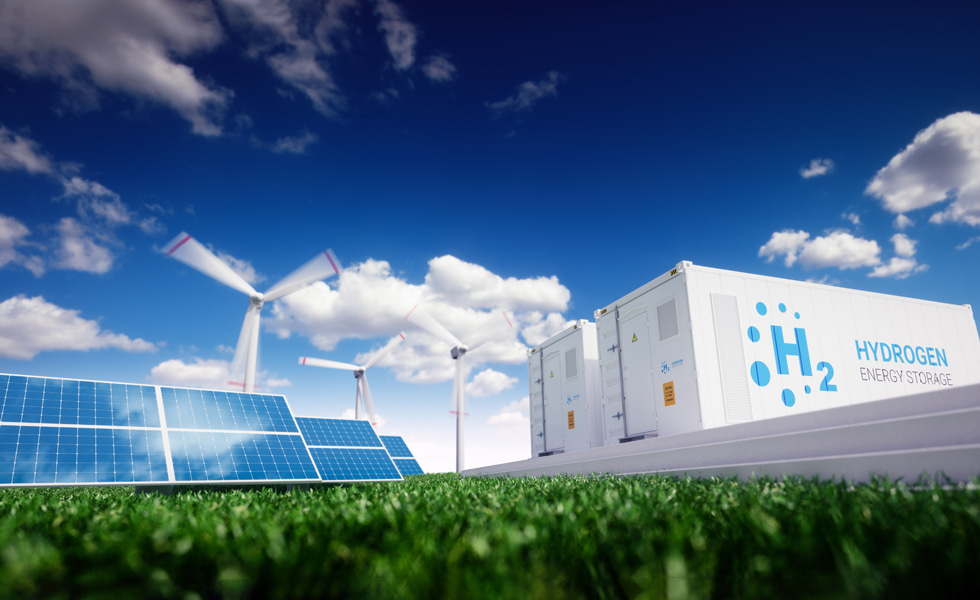
Efficient solar energy storage is a fundamental pillar of the energy transition: allowing flexible renewable energy production and guaranteeing its integration into the grid.
Electricity can be easily generated, transported and transformed. However, up until now it has not been possible to store it in a practical, easy and cost-effective way. This means that electricity needs to be generated continuously according to demand and, consequently, renewable energies require supporting storage systems for their integration, to avoid drops in clean energy during supply troughs and to provide greater efficiency and security to the electrical grid.
MAIN ENERGY STORAGE SYSTEMS
Electricity cannot be stored as such and therefore it needs to be transformed into other types of energy, such as mechanical or chemical. Storage solar systems can add value at every stage of the supply chain. Depending on their capacity, energy storage systems are divided into: large-scale storage, which is used in places where GW scale is required; storage in the grid and in power generation assets, where the MW scale is used and, finally, storage at the end-user level, which applies to the residential level and works with kW.
LITHIUM BATTERIES: THE FUTURE OF STORAGE
In recent years, the renewable energy sector has seen in lithium-ion batteries the solution to its main problem: the storage of generated energy. Being one of the smallest elements in the periodic table, lithium has a high electrochemical potential and can accumulate large amounts of energy. With the desirable low weight and high efficiency, only one obstacle has so far prevented lithium battery from becoming the standard storage technology for renewable energy: their high cost.
This situation, however, seems to be changing. According to a recent study by Bloomberg NEF (BNEF), the cost of lithium-ion batteries will be significantly reduced in the coming years — beyond even the 85% reduction that occurred from 2010 to 2018. Specifically, BNEF predicts a 50% reduction in the costs of lithium-ion batteries per kW/h by 2030, as demand takes off in two different markets: stationary storage and electric vehicles.
This will lead to worldwide energy storage facilities multiplying exponentially, from modest 9GW/17GWh implemented from 2018 to 1,095 GW/2,850 GWh by 2040. This dramatic increase will require an estimated investment of US$662 billion.
